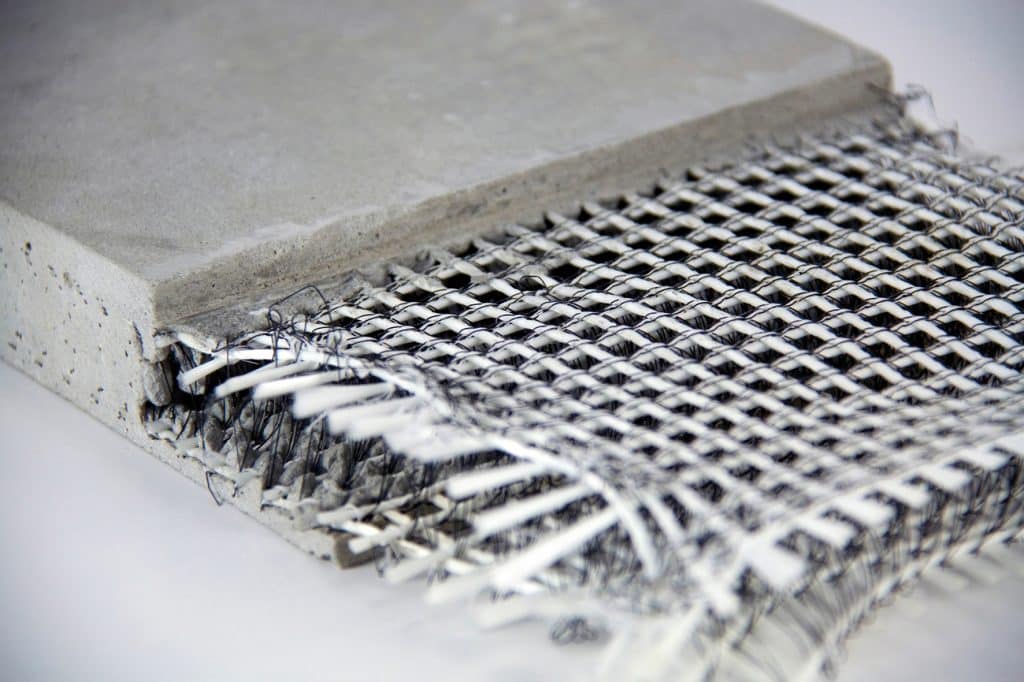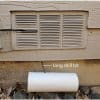
Types of Cement:
- Ordinary Portland Cement (O.P.C.)
- Portland Pozzolana Cement (PPC)
- Rapid Hardening
- Extra Rapid Hardening
- Low Heat
- Sulfates Resisting
- Quick Setting
- Blast Furnace Slag
- High Alumina
- White Cement
Glass Fiber Reinforced Concrete (G.F.R.C.)
Glass fiber reinforced concrete, or G.F.R.C., comprises Portland cement, fine sand, water, acrylic polymer, admixture, and glass fibers. Since it is a variation of basic concrete, it is similar to the concrete’s texture and appearance, but it weighs less and is more flexible.
With its various components, Glass Fiber Reinforced Concrete has many things you can apply. Since you can make cement out of concrete, you can make glass fiber reinforced cement products that stand out because of this fantastic concrete and its outstanding characteristics.
Uses of the Glass Fiber Reinforced Concrete
Since Glass Fiber Reinforced Concrete has unique components, there are many ways to apply this concrete in many projects. These applications include:
- Fireplace Surround – Because of their flame-resistant features, you can use Glass Fiber Reinforced Concrete as panels for fireplaces. This type of concrete also brings aesthetics to the fireplace’s design.
- Concrete Countertops – Glass Fiber Reinforced Concrete is ideal as countertops due to its aesthetic appeal and resistance to cracks.
- Concrete Dining Tables – This is common in restaurants and home dining rooms due to its lightweight nature and smooth surface.
- Wall Panels – The concrete’s durability and lightweight feature are suitable for wall panels giving it strength and aesthetics.
- Outdoor Furniture – Being resistant to environmental conditions, this type of concrete is ideal for outdoor furniture.
- Drainage Channels – Using Glass Fiber Reinforced Concrete as channels can make optimum flow capacity for your drainage system. These channels are lightweight, so that that installation will be a breeze.
- Modular Buildings – Modular buildings made with Akali-Resistant Glass Fiber Reinforced Concrete will simultaneously make it lightweight and durable.
- Used as Cement for Ceiling Manholes – With its lightweight feature, using lass Fiber Reinforced Concrete as an access door gives better access to anyone who will enter or leave.
Other Types of Fiber Reinforced Concrete and Their Appropriate Uses:
- Plastic fiber concrete for flexibility and freeze-resistance
- Carbon fiber concrete for high strength and chemical resistance
- Steel fiber concrete for durability and crack-resistance
- Blends of fiber concrete for a mixture of attributes
Advantages and Disadvantages of Using Glass Fiber Reinforced Concrete
Advantages:
- Glass Fiber Reinforced Concrete is thinner than traditional concrete making it lightweight and approximately 75% lighter than traditional concrete.
- Resistant to foreign elements.
- Its flexibility gives it an outstanding strength-to-weight ratio and makes it resistant to cracks.
- Its flexibility also extends to its adaptability, which means you can pour or spray it.
- You can use this type of concrete for projects like restoring old homes or buildings. It is recommendable for these kinds of construction projects as they are suitable for ceilings and walls.
- No pits or holes will show when sprayed; if poured, removing the pits and holes made before its hardening is easy.
- The Glass Fiber Reinforced Concrete durability is inside of it, which means it does not need any additional reinforcements.
Disadvantages:
- Glass Fiber Reinforced Concrete is much more costly than traditional concrete due to its components and characteristics.
- Due to its components, The Glass Fiber Reinforced Concrete cannot deform under stress.
- It is susceptible that it can fall apart if not adequately poured or sprayed.
- You will need a contractor to mix, pour, or spray the Glass Fiber Reinforced Concrete because it’s challenging to mix due to its components.
- There is a chance that its strength will lose over time, depending on its setting.
Final Thoughts
The Glass Fiber Reinforced Concrete or G.F.R.C.’s adaptability only shows that you can assume that it is one of the most significant construction materials in the construction industry. The characteristics show it all: resistance to foreign elements, flexibility, lightweight, and easy application, all of which tell you that the G.F.R.C. is very reliable for any construction project.







